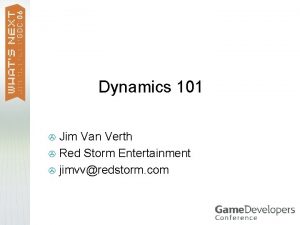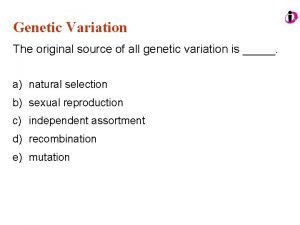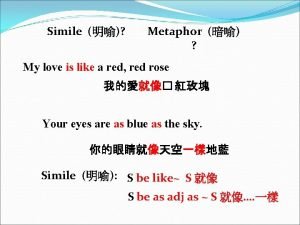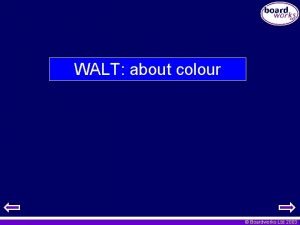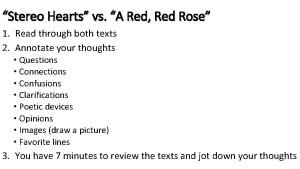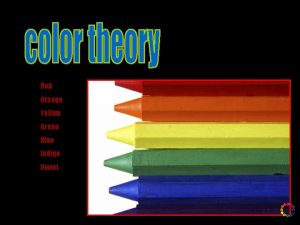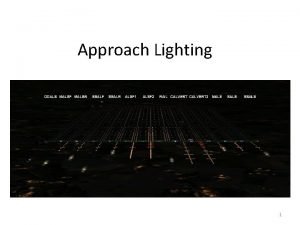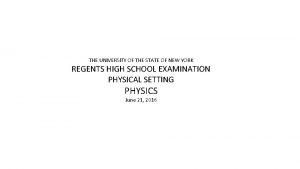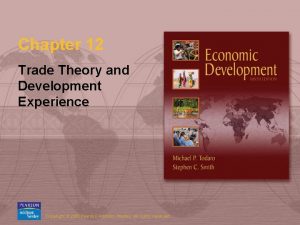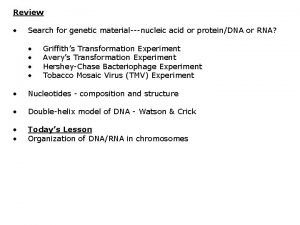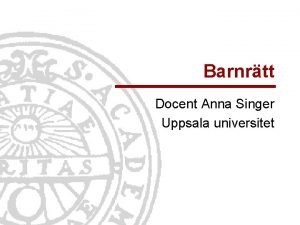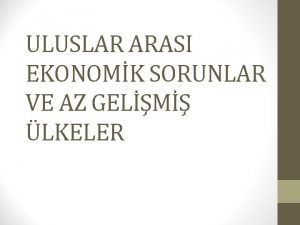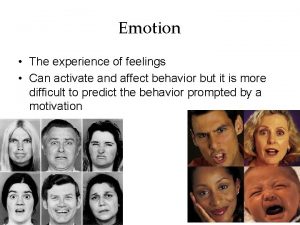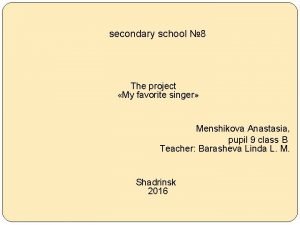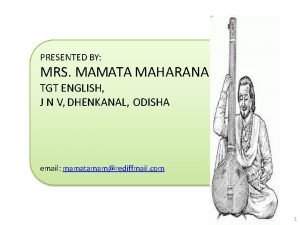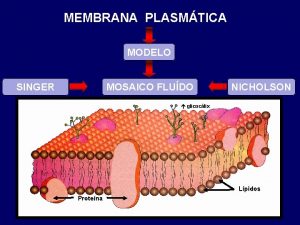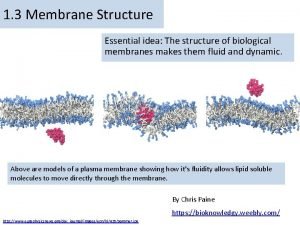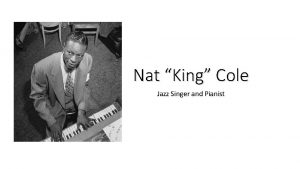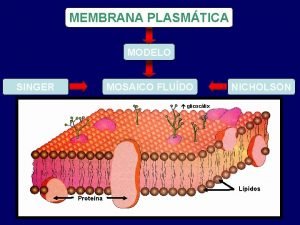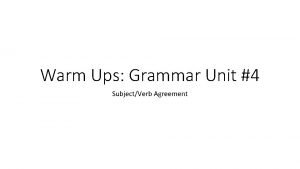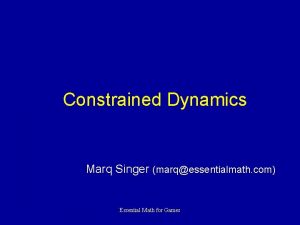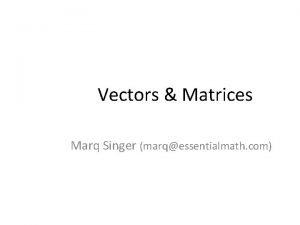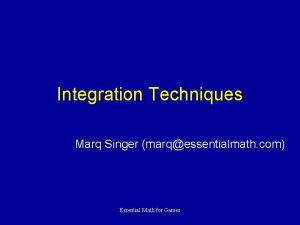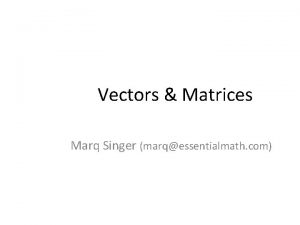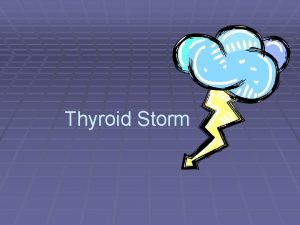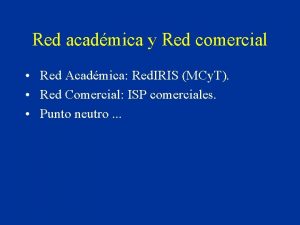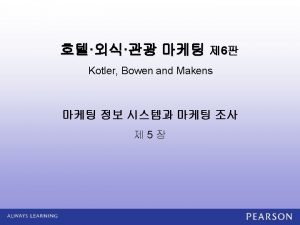Dynamics 101 Marq Singer Red Storm Entertainment marqsredstorm













































- Slides: 45

Dynamics 101 Marq Singer > Red Storm Entertainment > marqs@redstorm. com >

2 Talk Summary > Going to talk about: A brief history of motion theory > Newtonian motion for linear and rotational dynamics > Handling this in the computer >

3 Physically Based-Motion Want game objects to move consistent with world > Match our real-world experience > But this is a game, so… > Can’t be too expensive > (no atomic-level interactions) >

4 History I: Aristotle > Observed: > > > From this, deduced: > > > Push an object, stop, it stops Rock falls faster than feather Objects want to stop Motion is in a line Motion only occurs with action Heavier object falls faster Note: was not actually beggar for a bottle

5 History I: Aristotle > Motion as changing position

6 History I: Aristotle Called kinematics > Games: move controller, stop on a dime, move again > Not realistic >

7 History II: Galileo > Observed: > > > Object in motion slows down Cannonballs fall equally Theorized: > > > Slows due to unseen force: friction Object in motion stays in motion Object at rest stays at rest Called inertia Also: force changes velocity, not position Oh, and mass has no effect on velocity

8 History II: Galileo > Force as changing velocity Velocity changes position > Called dynamics >

9 History III: Newton > Observed: > > Planet orbit like continuous falling Theorized: Planet moves via gravity > Planets and small objects linked > Force related to velocity by mass > Calculus helps formulate it all >

10 History III: Newton Sum of forces sets acceleration > Acceleration changes velocity > Velocity changes position > g

11 History III: Newton > Games: Move controller, add force, then drift

12 History III: Newton > As mentioned, devised calculus > > Differential calculus: > > rates of change Integral calculus: > > > (concurrent with Leibniz) areas and volumes antiderivatives Did not invent the Fig Newton™

13 Differential Calculus Review Have position function x(t) > Derivative x'(t) describes how x changes as t changes (also written dx/dt, or ) > x'(t) gives tangent vector at time t > x(ti) y y(t) x'(ti) t

14 Differential Calculus Review Our function is position: > Derivative is velocity: > > Derivative of velocity is acceleration

15 Newtonian Dynamics Summary > All objects affected by forces Gravity > Ground (pushing up) > Other objects pushing against it > Force determines acceleration (F = ma) > Acceleration changes velocity ( ) > Velocity changes position ( ) >

16 Dynamics on Computer > Break into two parts Linear dynamics (position) > Rotational dynamics (orientation) > > Simpler to start with position

17 Linear Dynamics > Simulating a single object with: > > > Last frame position xi Last frame velocity vi Mass m Sum of forces F Want to know > > Current frame position xi+1 Current frame velocity vi+1

18 Linear Dynamics > Could use Newton’s equations > Problem: assumes F constant across frame Not always true: > > > E. g. spring force: Fspring = –kx E. g. drag force: Fdrag = –m v

19 Linear Dynamics Need numeric solution > Take stepwise approximation of function >

20 Linear Dynamics Basic idea: derivative (velocity) is going in the right direction > Step a little way in that direction (scaled by frame time h) > Do same with velocity/acceleration > Called Euler’s method >

21 Linear Dynamics > Euler’s method

22 Linear Dynamics > Another way: use linear momentum > Then

23 Linear: Final Formulas > Using Euler’s method with time step h

24 Rotational Dynamics > Simulating a single object with: > > > Last frame orientation Ri or qi Last frame angular velocity i Inertial tensor I Sum of torques Want to know > > Current frame orientation Ri+1 or qi+1 Current frame ang. velocity i+1

25 Rotational Dynamics > Orientation > Represented by > Rotation matrix R > Quaternion q Which depends on your needs > Hint: quaternions are cheaper >

26 Rotational Dynamics > Angular velocity Represents change in rotation > How fast object spinning > 3 -vector > > Direction is axis of rotation > Length is amount of rotation (in radians) > Ccw around axis (r. h. rule)

27 Rotational Dynamics > Angular velocity Often need to know linear velocity at point > Solution: cross product > v r

28 Moments of Inertia > Inertial tensor > > > I is rotational equivalent of mass 3 x 3 matrix, not single scalar factor (unlike m) Many factors - rotation depends on shape Describe how object rotates around various axes Not always easy to compute Change as object changes orientation

29 Rotational Dynamics > Computing I Can use values for closest box or cylinder > Alternatively, can compute based on geometry > > Assume constant density, constant mass at each vertex > Solid integral across shape > See Mirtich, Eberly for more details > Blow and Melax do it with sums of tetrahedra

30 Rotational Dynamics > Torque Force equivalent > Apply to offset from center of mass – creates rotation > Add up torques just like forces >

31 Rotational Dynamics > Computing torque > Cross product of vector r (from Co. M to point where force is applied), and force vector F r > F Applies torque ccw around vector (r. h. rule)

32 Rotational Dynamics > Center of Mass > > > Point on body where applying a force acts just like single particle “Balance point” of object Varies with density, shape of object Pull/push anywhere but Co. M, get torque Generally falls out of inertial tensor calculation

33 Rotational Dynamics Have matrix R and vector > How to compute ? > Convert to give change in R > Convert to symmetric skew matrix > Multiply by orientation matrix > Can use Euler's method after that >

34 Computing New Orientation > If have matrix R, then where

35 Computing New Orientation > If have quaternion q, then where > See Baraff or Eberly for derivation

36 Computing Angular Velocity > Can’t easily integrate angular velocity from angular acceleration: > Can no longer “divide” by I and do Euler step

37 Computing Angular Momentum > Easier way: use angular momentum > Then

38 Using I in World Space Remember, > I computed in local space, must transform to world space > If using rotation matrix R, use formula > > If using quaternion, convert to matrix

39 Rotational Formulas

40 Impulses > Normally force acts over period of time F > E. g. , pushing a chair t

41 Impulses > Even if constant over frame F sim assumes application over entire time t

42 Impulses > But if instantaneous change in velocity? Discontinuity! F > > t Still force, just instantaneous Called impulse - good for collisions/constraints

43 Summary > Basic Newtonian dynamics > > Linear simulation > > Position, velocity, force, momentum Force -> acceleration -> velocity -> position Rotational simulation > Torque -> ang. mom. -> ang. vel. -> orientation

44 Questions?

45 References > > Burden, Richard L. and J. Douglas Faires, Numerical Analysis, PWS Publishing Company, Boston, MA, 1993. Hecker, Chris, “Behind the Screen, ” Game Developer, Miller Freeman, San Francisco, Dec. 1996 -Jun. 1997. Witken, Andrew, David Baraff, Michael Kass, SIGGRAPH Course Notes, Physically Based Modelling, SIGGRAPH 2002. Eberly, David, Game Physics, Morgan Kaufmann, 2003.
 Oilers method math
Oilers method math Red chillies entertainment email id
Red chillies entertainment email id White over red pilot ahead
White over red pilot ahead Red orange yellow green blue white
Red orange yellow green blue white A red red rose theme
A red red rose theme A red red rose literary devices
A red red rose literary devices The original source of all genetic variation is _____.
The original source of all genetic variation is _____. My love is like a red rose figure of speech
My love is like a red rose figure of speech Why does a red ball look red
Why does a red ball look red Stereo hearts poem
Stereo hearts poem Yellow bu
Yellow bu Indigo orange color
Indigo orange color Rail runway alignment indicator lights
Rail runway alignment indicator lights A box weighing 46 newtons
A box weighing 46 newtons Singer prebisch theory
Singer prebisch theory Thai singer clip
Thai singer clip Ishan bhatt singer
Ishan bhatt singer Lauren bartlett singer
Lauren bartlett singer James lange vs cannon bard vs schachter singer
James lange vs cannon bard vs schachter singer Slavica singer
Slavica singer Lauren singer trash
Lauren singer trash Conrat and singer experiment
Conrat and singer experiment Bekräfta faderskap uppsala
Bekräfta faderskap uppsala Conclusion about happiness
Conclusion about happiness The washwoman by isaac bashevis singer audio
The washwoman by isaac bashevis singer audio Singer prebish tezi
Singer prebish tezi Schachter singer two factor theory
Schachter singer two factor theory Which singer
Which singer Schachter-singer two-factor theory
Schachter-singer two-factor theory My favourite singer project
My favourite singer project Rani mrignaini
Rani mrignaini Nicholson y singer
Nicholson y singer Girls just wanna have fun singer
Girls just wanna have fun singer Falsification of davson danielli model
Falsification of davson danielli model Cole jazz singer
Cole jazz singer Singer prebisch theory
Singer prebisch theory Singer and nicolson
Singer and nicolson Ryan dougherty md
Ryan dougherty md Glicoclix
Glicoclix Bryan clark singer
Bryan clark singer This singer along with a few others
This singer along with a few others Lazarus cognitive appraisal theory
Lazarus cognitive appraisal theory Isaac singer apush
Isaac singer apush Elvis presley american singer
Elvis presley american singer Rich and poor peter singer
Rich and poor peter singer Superhero
Superhero
